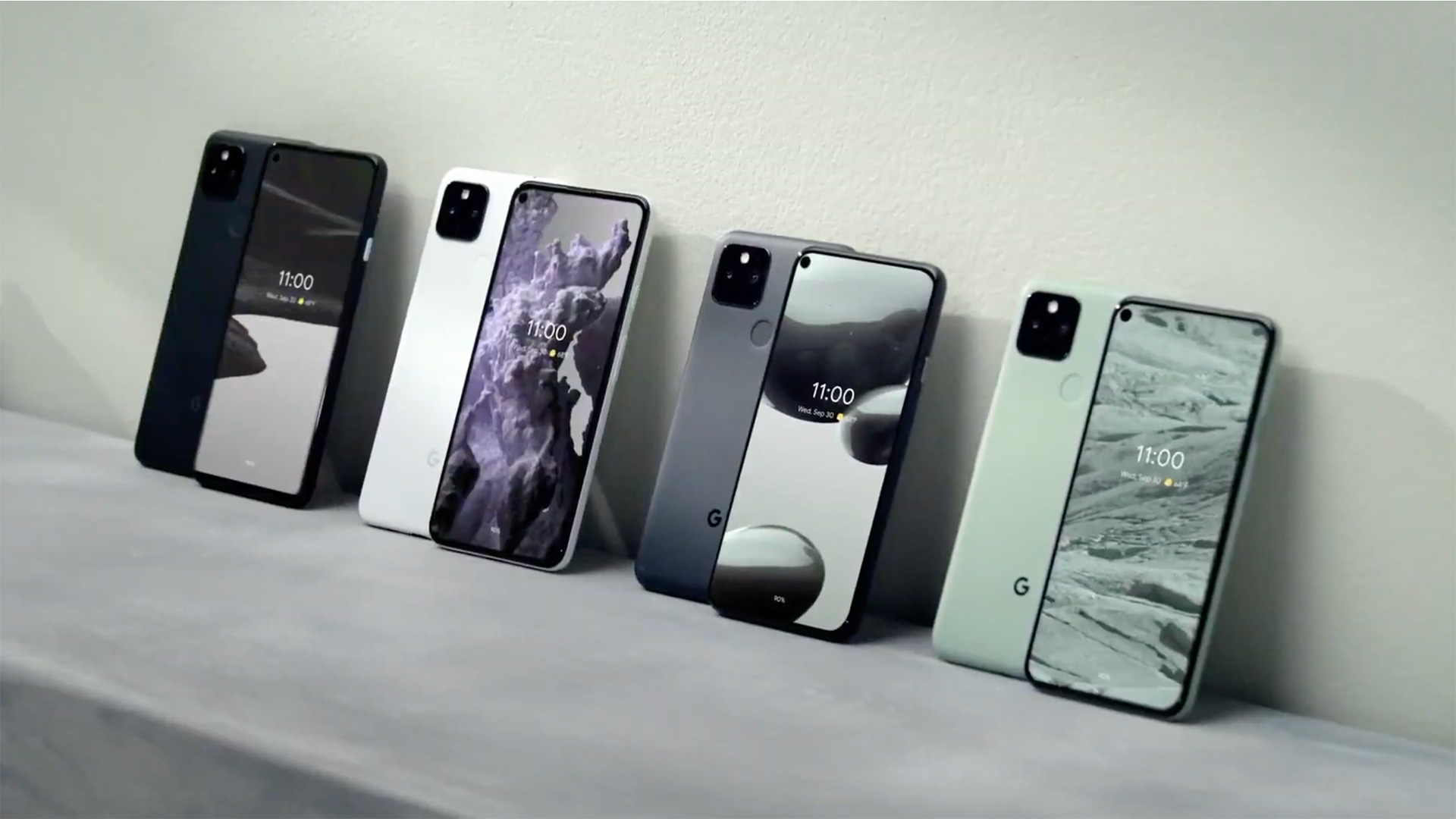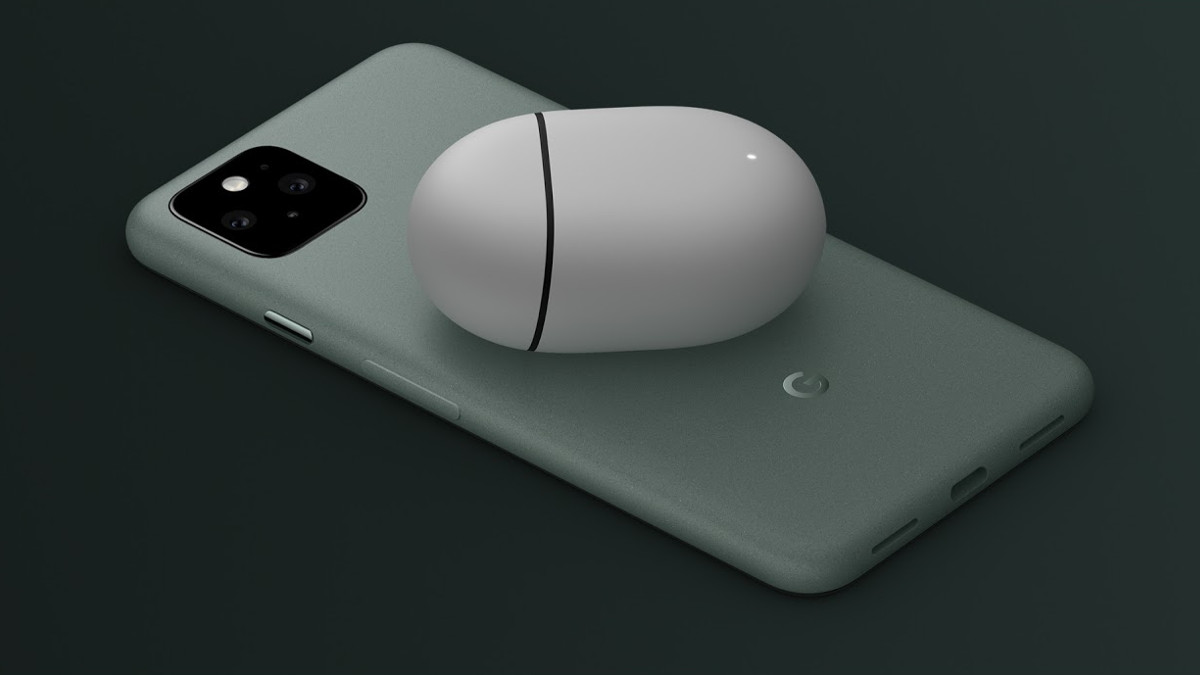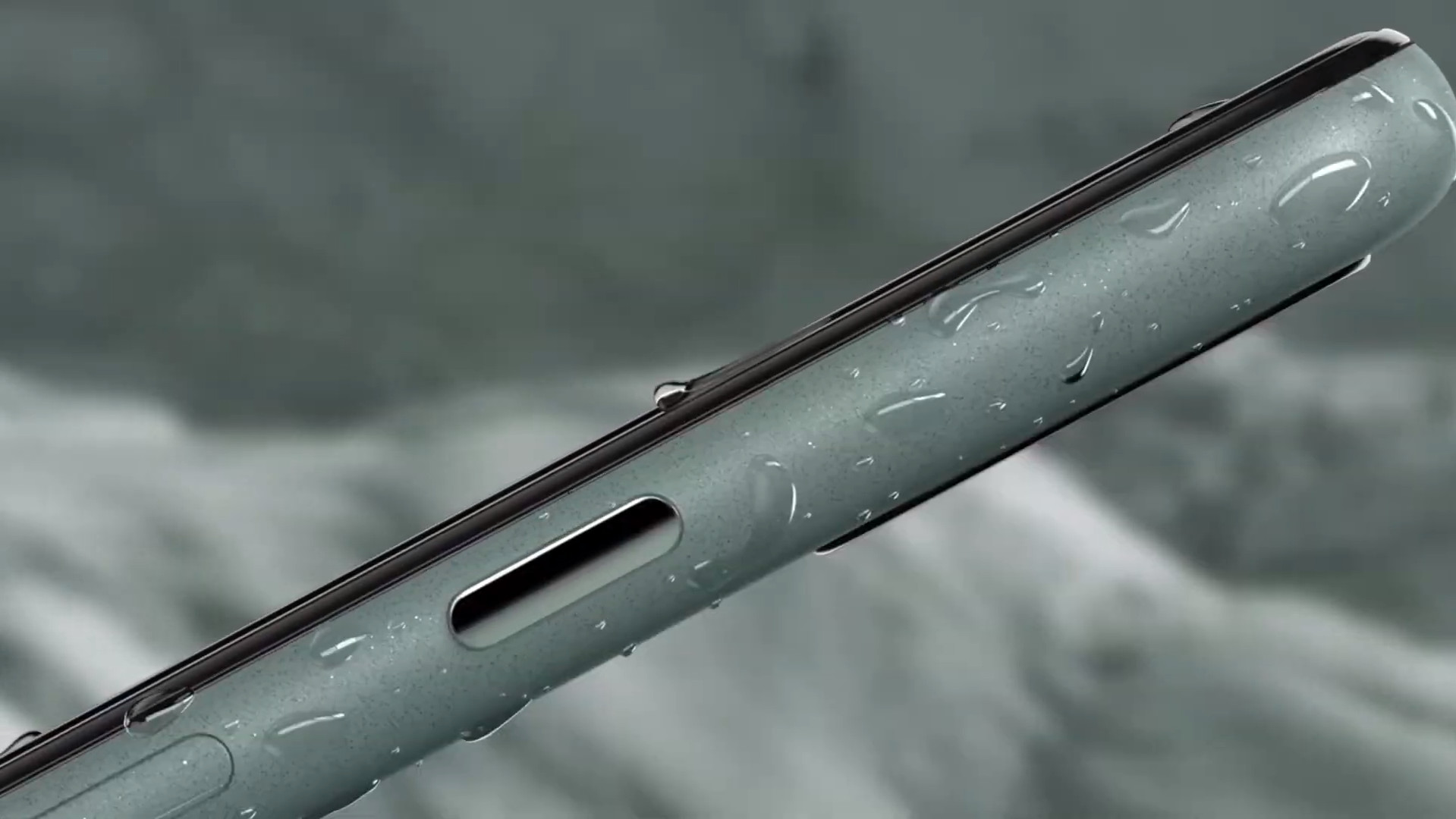Affiliate links on Android Authority may earn us a commission. Learn more.
Here's how Google put wireless charging in the aluminum Pixel 5
Published onSeptember 30, 2020
The Pixel 5 was officially announced during Google’s Launch Night In event alongside other hardware like the Nest Audio, Chromecast with Google TV, and Pixel 4a 5G.
The Pixel 5 is Google’s flagship smartphone this year, bringing improvements over the 4a like more RAM, a high refresh rate display, wireless charging, and an aluminum build. It’s the phone many of us have been waiting for, especially in that Sorta Sage colorway.
Don’t miss: Google Pixel 5 buyer’s guide: Everything you need to know
But how exactly was Google able to pair wireless charging with an aluminum phone? For years, companies have been forced to use glass or polycarbonate for wireless charging to work, since the charging signal can’t go through metal. While we loved the build quality of other aluminum phones like the Nexus 6P, wireless charging forced the build materials to change.
Aluminum with ‘skin’
While Google is technically using aluminum for the Pixel 5’s hardware, there’s another layer that sits directly on top. Google calls this material bio-resin, which is really a fancy name for super thin plastic. This is what you’ll feel when holding the device, but the aluminum underneath helps give the Pixel 5 structure.
This allowed Google to cut a physical hole in the Pixel 5’s aluminum chassis to put the wireless charging coil. Google says you shouldn’t be able to feel the coil since the resin is apparently very sturdy, even with its thin design.
When we pressed Google on why it made this decision as opposed to just using glass or plastic, its answer had to do with something I didn’t suspect: thinness.
Mo battery, mo problems

With the Pixel 5, Google is using its biggest battery to date in a Pixel device at 4,080mAh. While this isn’t substantially bigger than other manufacturers, Google wanted to make sure it could maintain a thin footprint that was in line with other devices in the Pixel family. Using an aluminum frame with this super-thin bio-resin “skin” allowed it to maintain the thickness it wanted, and make the phone feel premium at the same time.
Personally, I’m excited to hold the Pixel 5 for myself. Aluminum phones are much more sturdy than glass phones on average since they don’t crack nearly as easily. It’s yet to be seen how this bio-resin holds up to drops and cracks, but aluminum plus wireless charging seems like a winning combo.

Are you excited for the Pixel 5? Let us know.

